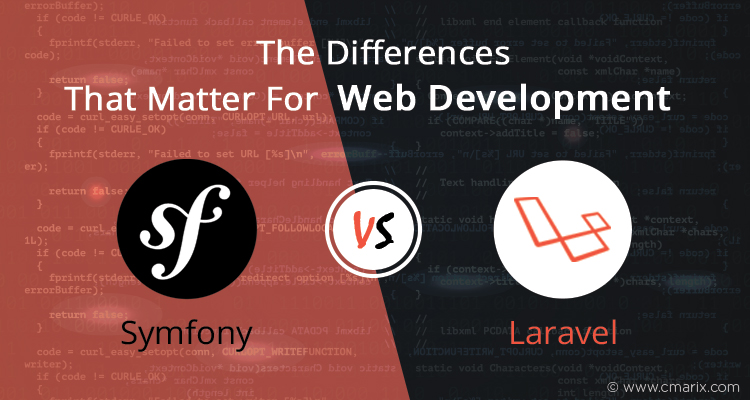For several years, Symfony has been a preferred choice of web platform development for enterprise projects. Symfony is a frequently chosen framework today for its reliability, standard upgrades, and community support. Symfony is a web application framework written in PHP which follows the MVC (Model View Controller) standard. It provides components, architecture, and tools to developers for building complex web applications very efficiently. It uses most of the best practices of web development in combination with some great third-party libraries. Updating a Symfony application to a new minor release has gone pretty smoothly because of Symfony’s backward compatibility guarantee. The challenge is the acceptance of the backward compatibility layer for outdated or demoted features. It has been quite simple for previous versions of Symfony as they depend on an exceptionally strong foundation made of decoupled components. Symfony 3, a new version of Symfony is a milestone where we can tidy things up and get rid of the unnecessary code.
Symfony 3 is a very special version which contains no new features if compared specifically with Symfony 2.8. Their only difference is that 3.0 removed any feature marked as deprecated in 2.8. The system supports PHP versions from 5.5.9+ to 7.x. According to Symphony Developers perspective, the framework is made significantly more adaptable and reusable, this is certainly considered as the value of the Symfony environment. Basically, the thought behind this release is to remove deprecation components that have developed during the time of use. If compared with the previous version, Symfony 3.0 can make a programmer’s life easier as well as streamline web user experience.
In this way, without further ado, here are primary focuses for Symfony 3.0:
New Directory Structure
Symfony 3 has presented a new directory structure known as var, which holds the logs and cache files. First, you have to create the directory and after that, you could move the files in it. There are several advantages with these changes. First, all files and folders that needs to written for Symfony are now in the var folder. This makes configuring acceptances a lot easier, for this you have to simply ensure write-mode access to the var folder and you’re done.
Fixing Architecture Error
It removes stateful console helpers for better choices. For example, ProgressBar replaces ProgressHelper, Same with Tablehelper, it has been displaced with Table. And various methods such as isQuiet, isVerbose, isVeryVerbose and isDebug were added to Symfony\Component\Console\Output\OutputInterface
Autowiring
It makes registering services easier. Normally, a service requires a name, a class and its constructor arguments. Now you can make services without worrying about dependency injection with auto wiring feature. The key concept in Autowiring is, if one of your dependency injection services does not exist, then Autowiring will auto create it and inject it.
Polyfill
This component is used to “fill the gaps” of PHP 5.x versions, missing extensions, and functions. For that, you simply need to create several small Polyfill by installing symfony/polyfill-php70 component. By this, you can use some of the great new PHP functions provided by latest PHP 7.0 version in any PHP 5.x version’s application.
Guard Security
There is no doubt that security is a mandatory requirement in any web application development. Guard is a simple and reliable security component that magnificently simplifies verification process, providing a consistent API for your code authenticators – classes which is important for checking user identity. You simply need to create a custom authenticator class applying GuardAuthenticatorInterface, and register it as a service, and include the service ID into the authenticator’s array under Guard Security configuration. By this, you can provide various ways of authentication as you need, including login form, certificates, API token and much more.
Make code deprecation free
Symfony 3.0 provides a package called Symfony/PHPUnit-bridge which recognizes demoted parts of your code and shows you the best approach to correct it. You should update your own codebase to make it deprecation free. In many applications, you additionally rely on third party libraries, so you also need to update them to a version that does not trigger any deprecation warnings. There are some command line tools that can help you with updating your codebase and fixing the insignificant deprecation warnings.
Symfony framework comes as an extremely advanced web framework with an enormous collection of classes that are coded in PHP language. It offers a paramount usage of structure, functions and a wide variety of tools for web developers to work with it aiding to create enterprise web applications which are scalable, secure & performance centric. Working with Symfony efficiently saves developers time as well as efforts while developing various web applications.







